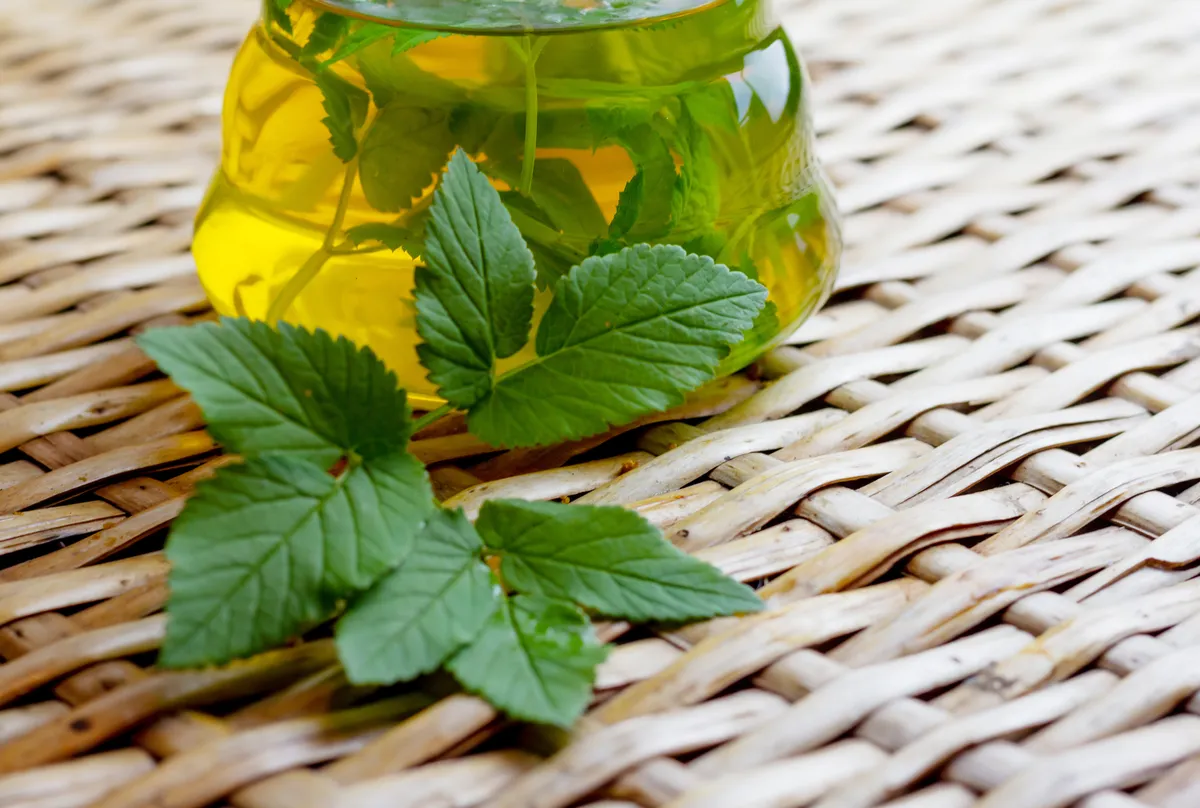Although not native to the British Isles, having probably been introduced by the Romans, ground elder said (Aegopodium podagraria) has certainly made itself at home – often to the chagrin of gardeners.
Ground elder spreads through rhizomes, underground ‘stems’ that grow sideways through the soil, meaning it can be difficult to control. A new plant can germinate from a very small section of rhizome, so even areas seemingly cleared can be swiftly carpeted once more.
Learn how to identify ground elder using its leaves and flowers with our species guide.
- Interested in learning more about Britain’s flora? Check out our guides to orchids, bluebells and ferns.
Umbellifers of Britain
What is an umbellifer? What is the difference between cow parsley and hemlock? Is giant hogweed dangerous? Find out the answers to all these questions and more with our guide to umbellifers.
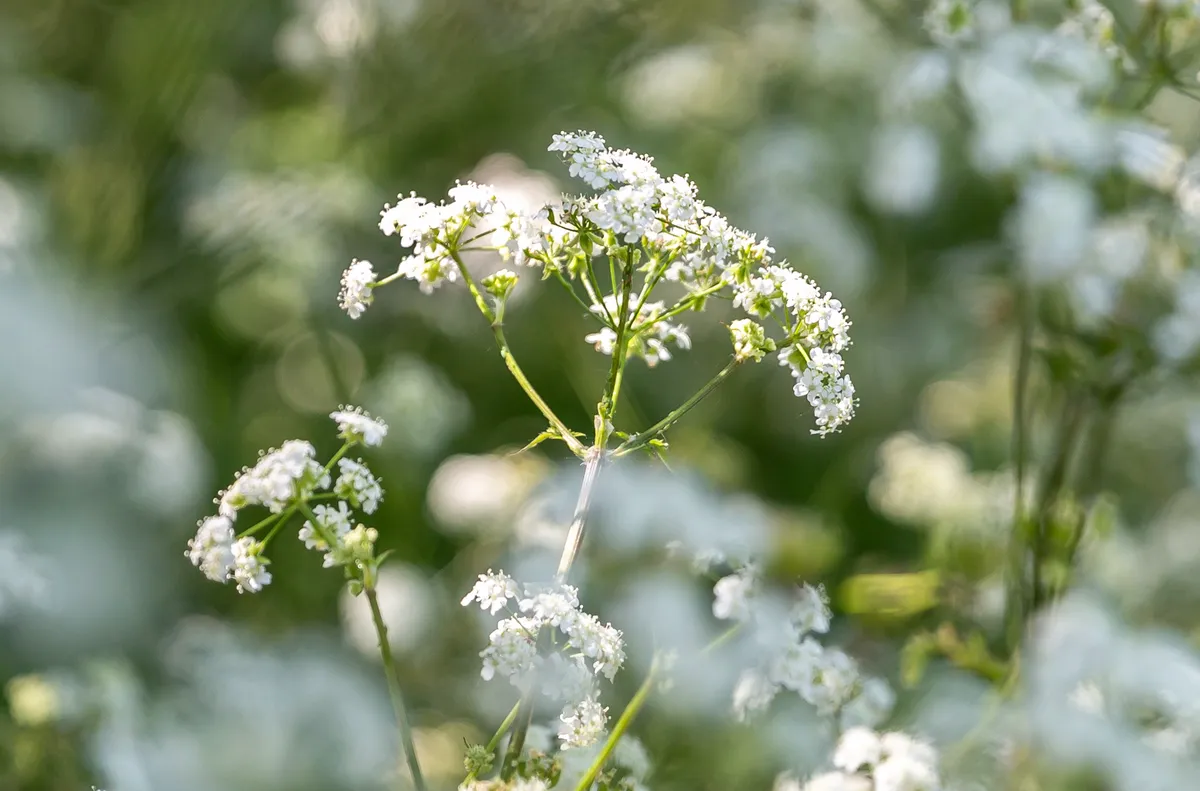
How to identify ground elder
Ground elder is so called due to the shape of its leaves, which are triangular, toothed and ternate (arranged in threes), and the delicate white flowers that combine to resemble the elder tree (Sambucus nigra). Although the two are not related, both are traditionally foraged.
The dark green leaves of ground elder first appear as shoots in late winter and early spring, making them conspicuous in shady corners.
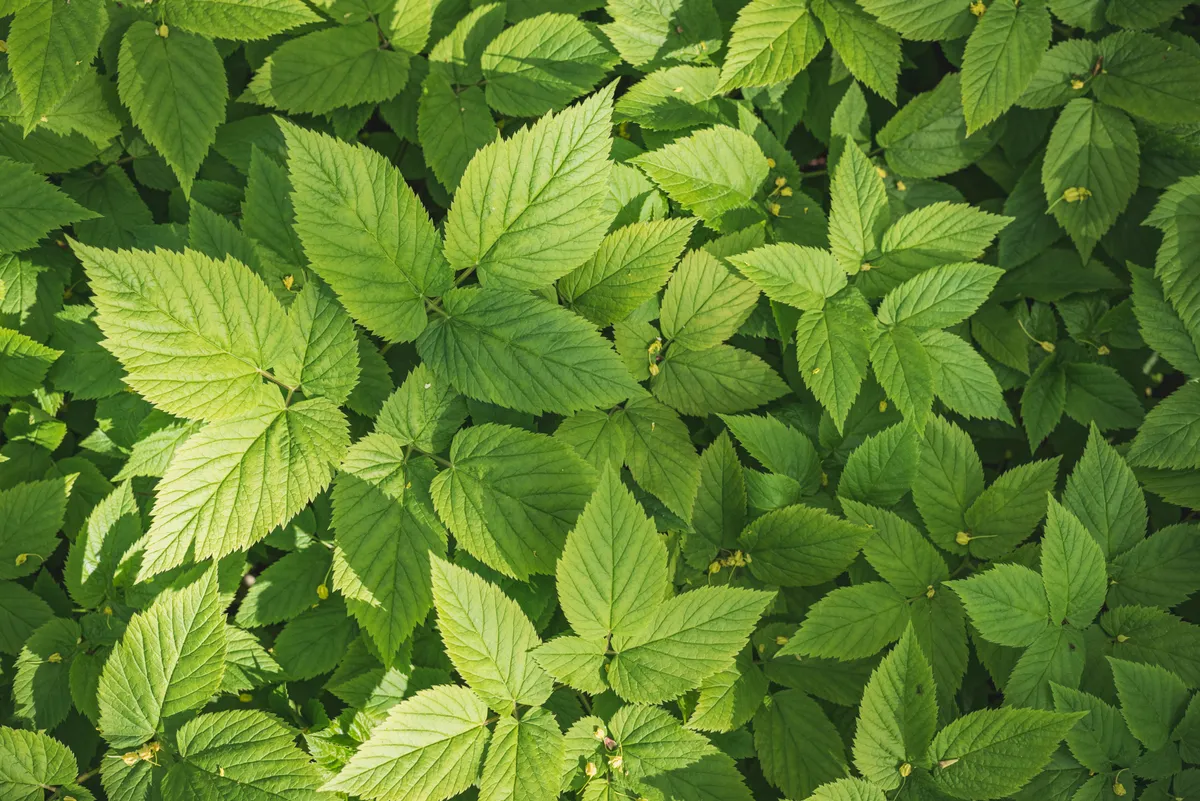
The flowers do not appear until May to July, at a similar time to the elder tree. It is not unusual to find the two plants growing close together, perhaps the ground elder enjoying the shade of its namesake, allowing close comparison of the species.
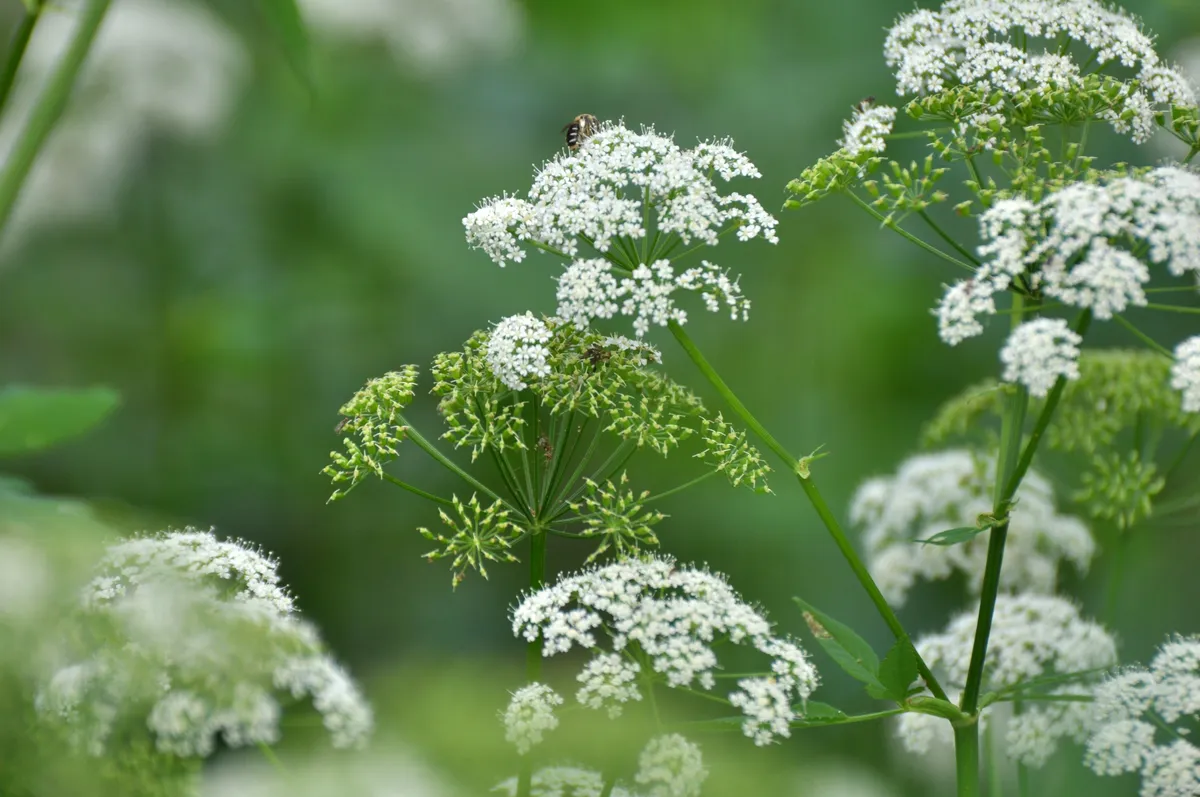
Ground elder foraging and uses
While the flowers and berries are the primary attraction of the elder tree, it is the leaves of ground elder that are sought. When young, they may be eaten as salad leaves, boiled, or used in soups. As they age, however, they become bitter and may prompt a laxative effect, perhaps the source of the local name ‘devil’s guts’.
Foraging calendar
Our beginner's guide to foraging in Britain explains what you can gather in hedgerows, woodlands, along the coast and in the countryside. Learn how to forage responsibly and safely, what's in season each month and where to find it, plus recipe ideas.
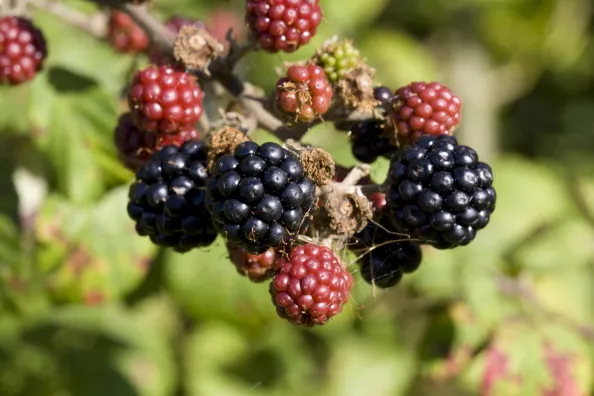
Gout and arthritis were traditionally treated with ground elder (it is sometimes called gout-wort), with the leaves and roots being boiled and then applied to affected areas in warm ‘wraps’.
It was also used to treat stings and burns, and ingested to combat bladder issues. Such uses have lost popularity though, suggesting that the effects, if any, are negligible.
